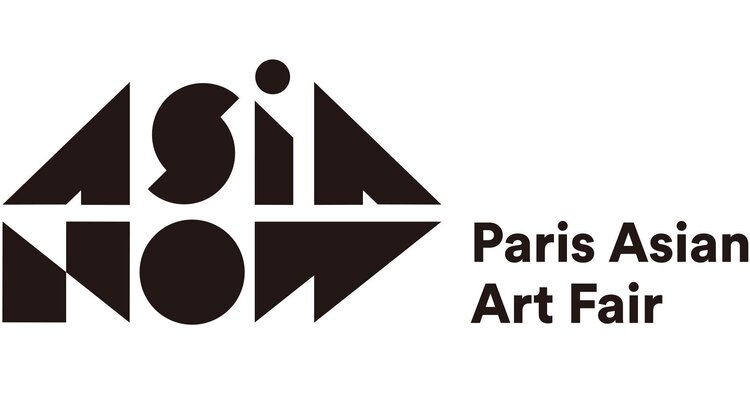Yeo Workshop
Wei Leng Tay, Untitled (seascape), 2022, Archival Pigment Print, 110 x 110 cm, ©Yeo Workshop
Yeo Workshop is pleased to present a selection of new and recent works by Southeast Asian artists Wei Leng Tay, Citra Sasmita, Quynh Dong and Priyageetha Dia at the 8th edition of ASIA NOW, Paris. The presentation is aimed at showcasing female artists who approach contemporary art in very diverse ways based on their personal experiences, cultural heritage and art education; yet similarly remain critical and mindful of mediums that are employed to translate cultural information. These artists amalgamate and contemplate past histories with the present to bring new understanding to our construction of memory, ways of seeing, and belonging. Wei Leng Tay employs the materiality of photographs and formalities of image-making to probe the notions of migration, identity and memory. Her works question the longing, anxiety, and shifting identities that come with movement through entangled geographies and politics. Citra Sasmita, on the other hand, challenges the tourist and male gaze towards Balinese women. She draws from her extensive research into ancient Javanese and Balinese manuscripts to examine how the marginalisation of women has been canonised. She then subverts the gender normative in these narratives by upending traditional elements, myths and iconography from Balinese culture on her canvases to imagine an empowered mythology of womanhood instead. Echoing notions of the peripheral, Priyageetha Dia ‘s video work retells migration history of slaves in Southeast Asia through CGI. Transposing the corporeal back to reality, Quynh Dong looks at bodies as sculpture. Reflecting on the Vietnamese diaspora, female body and girl-culture, which are often mediated through kitsch in her video works, Dong will present a live performance and watercolours on Sunday at the Cours du Honneur.
Working across various disciplines, Wei Leng Tay employs the materiality of photographs and formalities of image-making to probe the notions of migration, identity and memory. The gallery presents a selection of photo works from her most recent solo exhibition, View From This Side. Started in 2019, this series had developed from a bag of family slides dated between the late 1960s and 70s, which chart her parents’ migratory path through Australia, Malaysia, and Singapore. Likened to a coming-of-age, these old slides depict how geography and history are imprinted in time through image-making. Through Tay’s reprocessing and abstracting of these images, she expands upon the codes of meaning that are embedded within them, presenting novel ways of looking and remembering. Whether it is an obscure inflight view of an aeroplane wing or a partially obliterated family portrait, an uncanny sense of familiarity is felt as traces of the past peep through.
Citra Sasmita, on the other hand, challenges the tourist and male gaze in regards to the portrayal of Balinese women as passive, decorative elements. As part of her ongoing Timur Merah Project, which she started in 2019, Sasmita has been delving into ancient Javanese and Balinese manuscripts – interviewing priests and elders with knowledge of these ancient languages and deconstructing wayang narratives in Kamasan paintings – to examine how the marginalisation of women have been canonised. The artist subverts the gender normative in these narratives by upending traditional elements, myths and iconography from Balinese culture to imagine an empowered mythology of womanhood for a post-patriarchal future. The figures in Sasmita’s works are often endowed with powerful agency. In her new work, Luminous Opera (2022), she draws from the story of ‘Caliban and the Witch: Women, the Body and Primitive Accumulation’ (Federici, 2004), which advocates rethinking the development of capitalism from a feminist perspective. As her reading extends beyond historical texts from her hometown to wider literary texts, her practice becomes layered with complexities around gender inequality, colonialism and rituals.
Using her own body as a medium to challenge cultural stereotypes, particularly around the exotic notions of Asia, Vietnamese artist Quynh Dong brings a live performance to the fair. Titled ‘0. (Zero Point)’, the performance sees Dong using her hair as a brush to complete a painting with black ink. She references Malevich’s Black Square, which in her performative adaptation, brings attention to the ‘zero point’ of the female asian body. Critical of the histories that underpin the bodies of others’ having collaborated with artists and performers in the past, Dong uses her own body in this instance to question the reading of her work as necessarily autobiographical. Rather, in this almost ritualistic and meditative process, she proposes the body as an objective instrument within the artistic process.
Resonating with Dong’s corporeality is Priyageetha Dia’s video work. Dia pursues a mindful encounter mediated by technology with colonial representations of labouring bodies. Taking a booklet dated 1923 outlining the process of Indian labour migration to meet the demands for workforce in rubber plantations in Malaya as her point of departure, she brings to question the perpetuation of violence and persistence of social amnesia against those exploited and marginalised. Using computer-generated imagery (CGI), Dia mediates corporate digitisation and commodification of colonial archives that continue to contribute to a legacy of control and dispossession of the obscured. While CGI is often deployed in mass entertainment for naturalistic depictions of characters and believable performances, Dia’s protagonist never fully feels or aspires to be real. As viewers, we are constantly brought to acknowledge the protagonist’s discernable materiality.
Collectively, these artists amalgamate and contemplate past histories with the present to bring new understanding to our construction of memory, ways of seeing, and our sense of belonging. They each draw upon their own personal experiences and cultural heritage from Southeast Asia to form their own unique vernacular, expanding on the region’s multiplicity in contemporary art.

